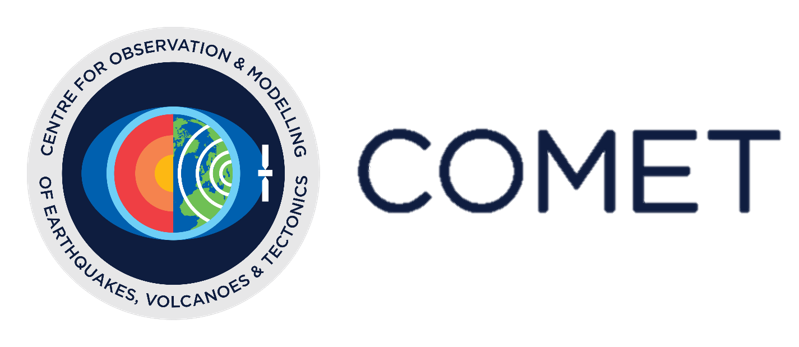



Please define a rectangle area, with minimum latitude (S, botom), maximum latitude (N, top), minimum longitude (W, left) and maximum longitude (E, right). You can also draw from the map above. Latitude: -90 to 90. Longitude: -180 to 180. Unit in degree.
Note, we have recovered part of the service affected by the Data Handling System move of ECMWF, and requests after 01 August 2022 can now be submitted as normal. But requests before 2014 may still be affected. We will review the progress every 3-5 days.
GACOS utilises the Iterative Tropospheric Decomposition (ITD) model (Yu et al., 2017) to separate stratified and turbulent signals from tropospheric total delays, and generate high spatial resolution zenith total delay maps to be used for correcting InSAR measurements and other applications. GACOS has the following key features: (i) globally available; (ii) operational in a near real time mode; (iii) easy to implement; and (iv) users to be informed how the model performs and whether the correction is recommended.
Datasets used in GACOS include:
GACOS tropospheric delay maps are given in a grid binary format (4-byte float little endian, naming convention YYYYMMDD.ztd). A ReadMe file is provided to demonstrate how to use GACOS tropospheric correction maps. MATLAB codes (for binary grid format) and MATLAB codes (for geotiff format) are also available to help apply GACOS corrections and view the results instantly.There are also a collection of programs/scripts which can be found at here .The website has restricted the submitted job to be maximum 10 by 10 degrees for up to 20 dates.
Whenever using the GACOS products, please cite the following references:
Details of how GACOS can be used in InSAR time series analysis:
GACOS is supported by NERC through the centre for seismic, volcanic and tectonic observation and modeling (comet, Ref.: come30001) and LICs (Ref. Ne / k010794 / 1) and esa-most dragon-4 (Ref. 32244). We recognize the European Centre for medium range weather forecasts (ECMWF) for its high-resolution tropospheric products.
Users are free to share, copy and redistribute the data in any medium or format, provided that they give appropriate credit to the author (e.g., citing the above-mentioned papers). However, please do not use the data for commercial purposes.